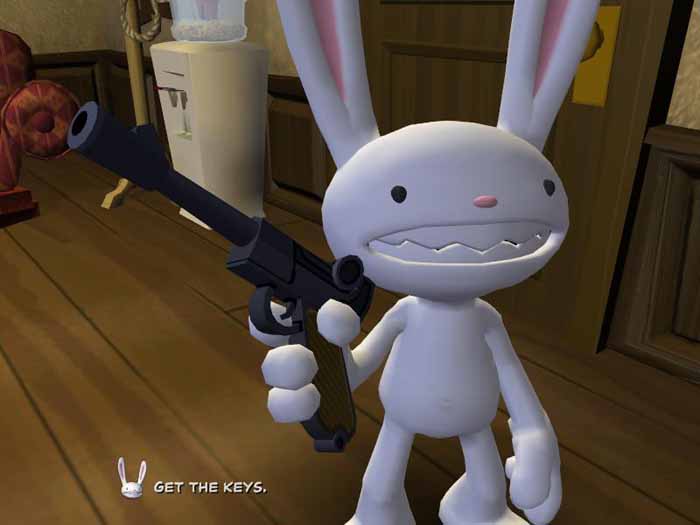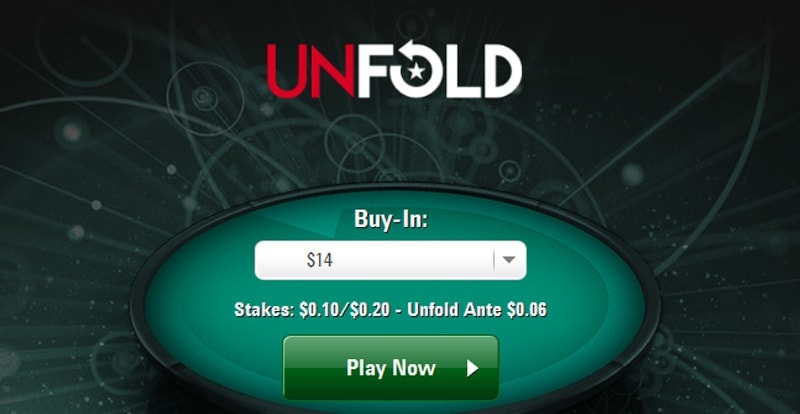Rabbit Card Poker
The following is a glossary of poker terms used in the card game of poker.It supplements the glossary of card game terms.Besides the terms listed here, there are thousands of common and uncommon poker. A free online version of 3 Card Poker with 6-card Bonus. Test out your 3 Card Poker strategy here. Practice for Vegas. Play Three Card Poker for Free.
I have some great news for you. This article is about a lot more than just my desire for TV and online poker sites to bring back the rabbit cam. Exactly what it’s about will become a lot clearer after I let you know why I want TV to bring back the ole’ rabbit cam.
Everyone knows that feeling. The turn comes out, and you pick up a beautiful backdoor flush draw. The glow of that fourth heart illuminates your eyes and your hope for a potential big win on the river. You can’t wait to see if the deck smacks you in the face and sends some love in the form of a heart on the river.
But then it happens. All in. Your opponent shoves all of their chips in the middle, and it’s now way too expensive for you to make the call. You’re dying to know if you should gamble or if you should play it smart and toss your hand in the muck. You decide to be a good little boy or girl, and you sadly toss your hand away.
Forever, you’ll never know what might have been if you put your gambling pants on and tossed in the call. In the “old days” (meaning a few years ago), you had another option. You could behave and toss your hand in the muck but still get a quick peek from the dealer as to what the river was going to be. You could see for free if you made “the right” decision or not.
While you know you statistically made the right move, sometimes you want to know if lady luck was going to show you her favor or not. Poker TV shows also used to show the next card (known as the rabbit card) in big pots to TV viewers. Online sites also offered you the option of sneaking a peek at the next card as well after you folded.
I want this back. I want it back, but not for the reason you might be thinking. As a professional player, I know that regardless of whether or not that next card is my fifth heart to make my flush, I made the right play. You could show me that it was a heart and it’s not going to affect my play at all. In no way is this going ever to entice me to make an incorrect call in the future just because I would have gotten lucky the time before.
Recreational Players Are Vulnerable
Rabbit Card Poker Free
While this won’t affect the way I play this hand next time, the same can’t be said for all recreational players. What happens when you show that recreational player that they would have actually made their flush had they called?
Well, first they lose their minds and then shout to the heavens that they should have called. They throw all the logic, stats, and math they know to the wind and immediately think they made a mistake. What happens the next time they are in this situation? They make a terrible call.
The memory of how bad it felt when they threw away the winning hand begins to haunt them. It fills their mind with naughty whispers telling them to make the call. Ignore the math and make the call. You would have hit it last time.


The rabbit cam starts to train the recreational players to play worse. They quickly forget the ten times the rabbit cam shows them they would have lost and only remember the time that they would have won.
Why Is This Important?
It’s not just the rabbit cam that has this effect on recreational players, though, I’m going to dub this officially as “The Rabbit Cam Syndrome.” There are lots of things that the poker industry does to entertain recreational players that actually helps to improve the bottom line for professional players who can avoid these traps.
The biggest of these, outside of the rabbit cam, is televised poker. In the earlier days of televised poker, you’d only see about four or five hands per half-hour episode. These were never the boring hands but the most exciting and insane hands they could find. People neglected to realize that these four or five hands were taken from thousands and thousands of hands that were mostly “boring.”
They started to believe that this is how poker was supposed to be played. If there wasn’t a wild bluff or reckless all in every hand, they were playing too tight. They believed that players were playing every hand and never folding. Televised poker started to train people to play worse just like the rabbit cam does.
As a professional player, I LOVE this. The worse that people play, the better my bottom line is going to be. If players are learning how to play from a bad representation of how poker really is, that is awesome. It’s funny because in the early days of televised poker you could spot the players that had picked up their poker knowledge from a TV screen.
They’d play every hand, try and bluff you 100% of pots, and would usually be out of chips or money within about 15 minutes. Surprisingly, they would never learn and would just reload and come back for more. I mean, if that’s how the pros are playing on TV, it has to be right, right?
Where Are We At Now
Sadly, televised poker has been adjusted to more accurately reflect how an actual poker game plays. They show a lot more hands or hours of coverage that includes the “boring” hands. Recreational players are starting to see that poker is not just an all in fest and a constant bluffing contest between everyone at the table.
The rabbit cam is also gone, sans a few online sites that still have it. Players are forced to convince themselves that they made the right play by folding their draw getting a terrible price.

The bottom line is that people are now getting more educated as poker entertainment is catering more towards educated players. If it were up to me, we’d bring back the rabbit cam, let people peek at river cards live, and go back to only showing the highlight reels of tournaments and cash games on tv. I highly doubt this is going to happen, but I can wish.
The good news is that no matter how much free information and knowledge there is available, people are still stubborn and lazy and refuse to change and learn to play better. I don’t think poker will ever be unbeatable, but I do think the game is getting more challenging in a lot of arenas. The changes in entertainment and the growth of training sites and software certainly are not helping, but as poker players, we are trained to adapt.
Last week, partypoker distributed an update to its poker software. There was nothing revolutionary included, but a few additions should appeal to recreational players and, as we know, the industry has been targeting casual players for months. The highlight of the update is something pros will probably hurumph at: rabbit hunting.

Coulda, woulda, shoulda
Rabbit hunting is the practice of looking at what cards would have been dealt next when a hand ends before showdown. Most of us have probably done it in home games. Perhaps you had four to a flush, but folded when your buddy put you all-in on the river. But you just NEED to know. You are itching to find out if that fifth flush card would have come on the river, so you reach over to the deck, burn a card, and then flip over that river card while your friend is scooping the pot.
In most casinos, rabbit hunting is not allowed. If it is, you need to ask first. The primary reason rabbit hunting is frowned upon is that it slows down the game. One or two players might not mind it, but most players at the table, especially those who were not involved in the end stages of the hand, are just going to be annoyed. They couldn’t care less what card would have been dealt – they just want to move on to the next hand.
It’s also not typically the best idea to ask for a rabbit hunt because it can give away your holdings. If there are two spades on the board and you want to see what the river would have been, I think everyone is going to know that you’re looking for a flush. Player reactions can also reveal players’ strategy, so your opponents might not appreciate the rabbit hunt.
Diamonds needed for rabbit hunting
But back to partypoker. Rabbit hunting is currently only available in SPINS tournaments. And lest one fear that it will be used every single hand (it might), players must purchase a rabbit hunt using the Diamonds virtual currency. Diamonds were previously introduced on the mobile app. They don’t cost real money – this currency is simply earned by playing.
Diamonds can also be used on the mobile app to buy objects to throw at opponents at the table, just for a little silliness, but that functionality is not yet up and running on the desktop app.
Rabbit Card Poker Rules
Another addition – and this will be found at Hold’em tables – is a new feature that will display showdown equity in all-in situations. There’s not much else too this. When two or more players are all-in against each other and the cards are revealed. Each player’s equity is shown next to their name.
And finally, at heads-up tables, players are now required to pay the same number of big blinds during the match.
“Should a player quit the game before an equal number of big blinds are paid, they will automatically post the big blind and then their hand folded,” reads the partypoker blog.
Lead photo by Sincerely Media on Unsplash